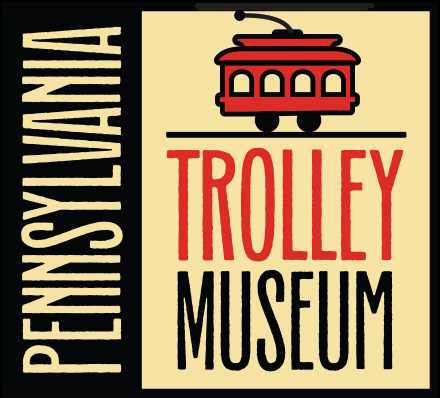Red Arrow Lines 66
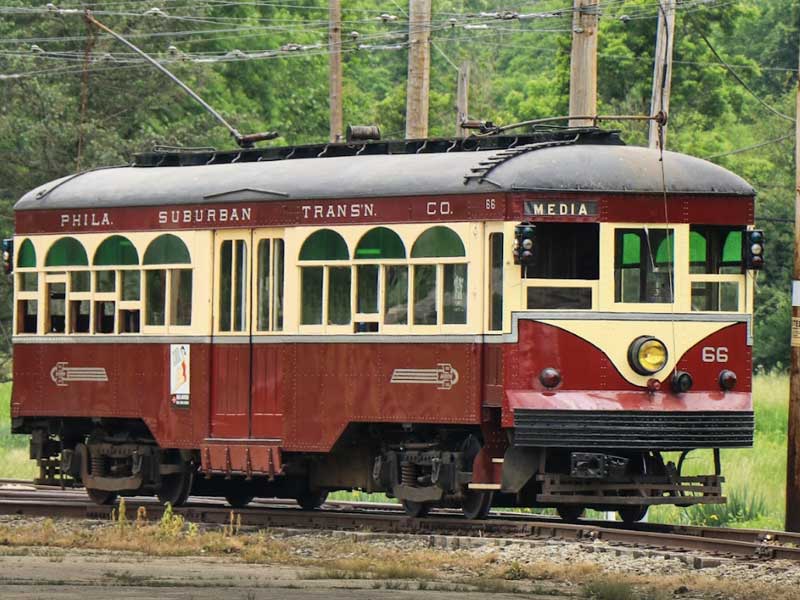


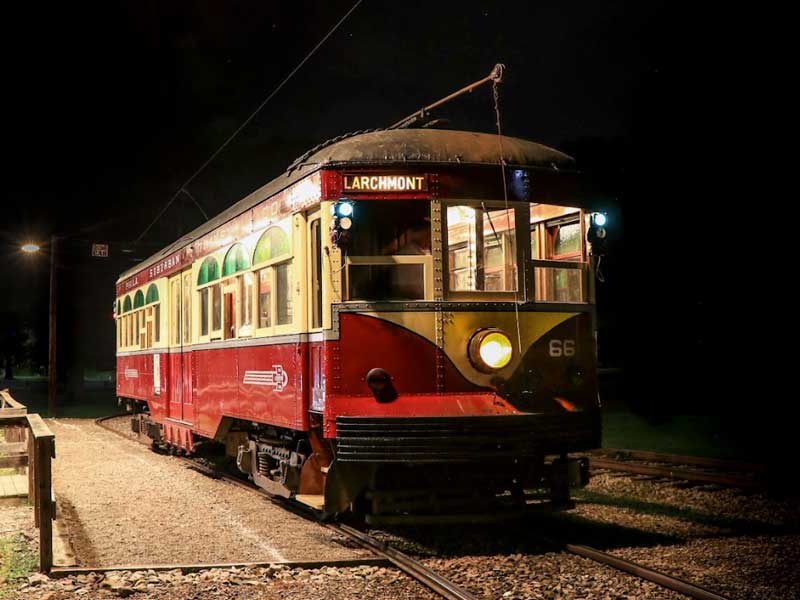
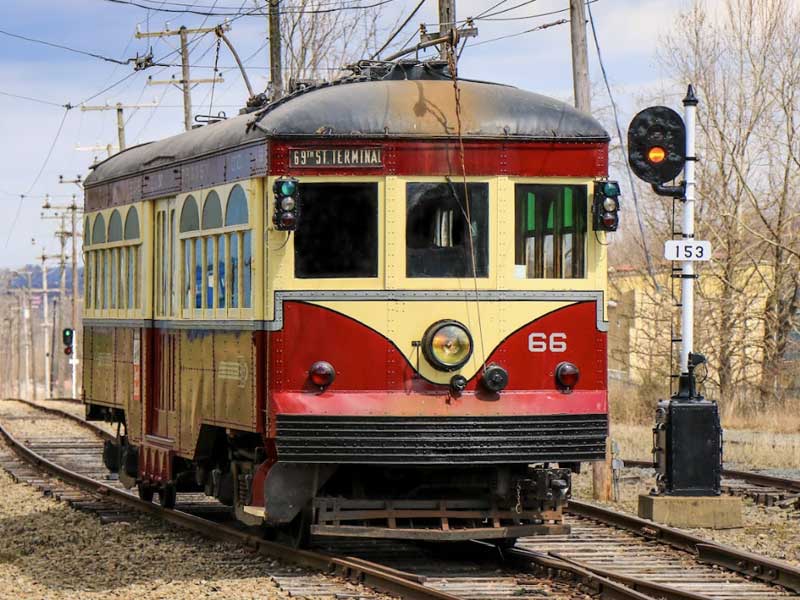
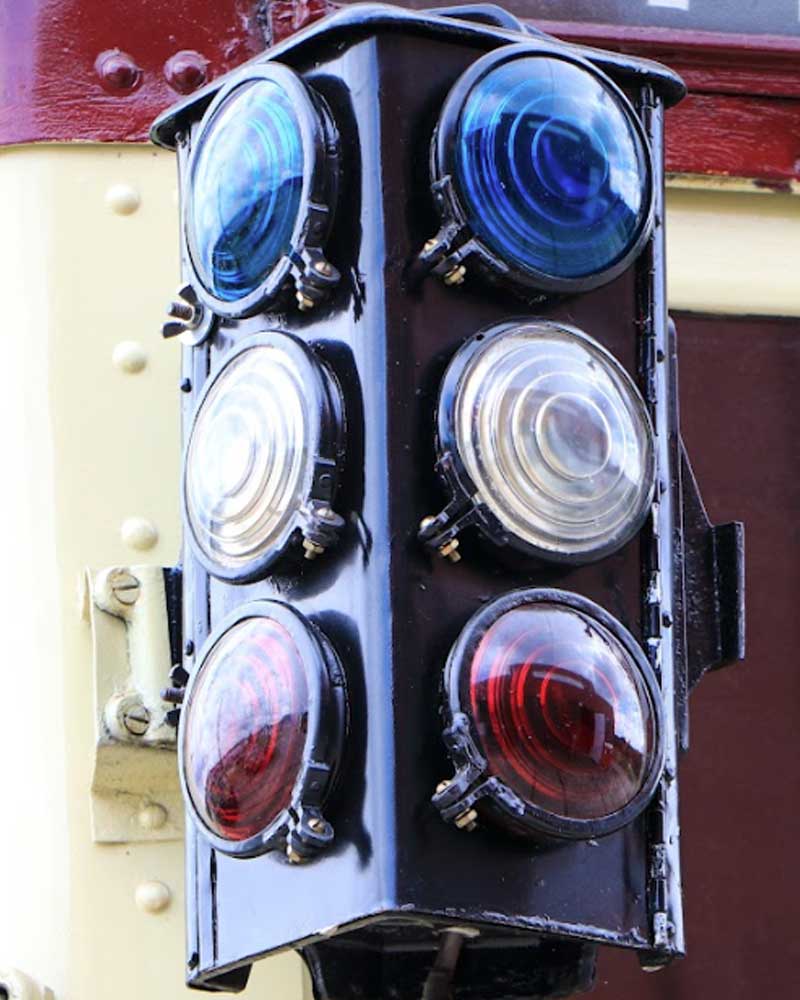
In the late teens and early twenties of the last century, the Philadelphia and West Chester Traction Company experienced rapid development along its rural interurban lines. At that time, most of the cars operated were heavy wood and steel coaches, designed for high speed and infrequent stops. As real estate development turned the farm lands into suburban communities, the older cars became less well suited to the operation.
Thirty-two center entrance steel suburban cars were placed in service between 1919 and 1926 to accommodate the changing complexion of the area west of Philadelphia. With their wicker seats and slow acceleration, these “center door” cars marked a radical departure from the high backed velvet seats and separate smoking compartments found on the high speed interurban coaches they replaced.
Car 66 was built in 1926 by the J.G. Brill Company as part of the final third order of center entrance cars. It served Philadelphia and West Chester and its successor, Philadelphia Suburban Transportation Company, for over 40 years. Like the older cars that they replaced, the “center door cars” required a two-man operating crew, but multiple-unit controls allowed the cars to operate in pairs using a three-man crew during peak hours. During the Great Depression, when many companies converted cars to one-man operation, Philadelphia and West Chester chose to purchase faster one-man cars to handle base service, while keeping the center doors in the original configuration.
In 1970, just after Philadelphia Suburban became part of the Southeastern Pennsylvania Transportation Authority (SEPTA), car 66 was declared surplus and made available for preservation at PTM. The years of occasional use for school trips, winter emergencies and outdoor storage had left 66 structurally sound but in need of extensive refurbishing. The car was returned to its 1949 period appearance by museum volunteers in time for the 1975 season, returning this car to its lifelong work as a “crowd swallower.” This involved fabricating all new window sash, including the distinctive curved upper sash which had been removed and replaced by a solid wood panel in the 1950s in an effort to “modernize” the car; re-canvassing of the roof; and painting, lettering and striping.
Car Number
66
Year Built
1926
Length
47'10"
Height
12'5"
Seats
62
Year Acquired
1970
Car Builder
J. G. Brill
Type
STREET & INTERURBAN RAILWAY PASSENGER CARS
Width
8'7"
Weight
59,280 lbs. (29 Tons)
Motors
General Electric 203L (4@)
Location
In Operation
